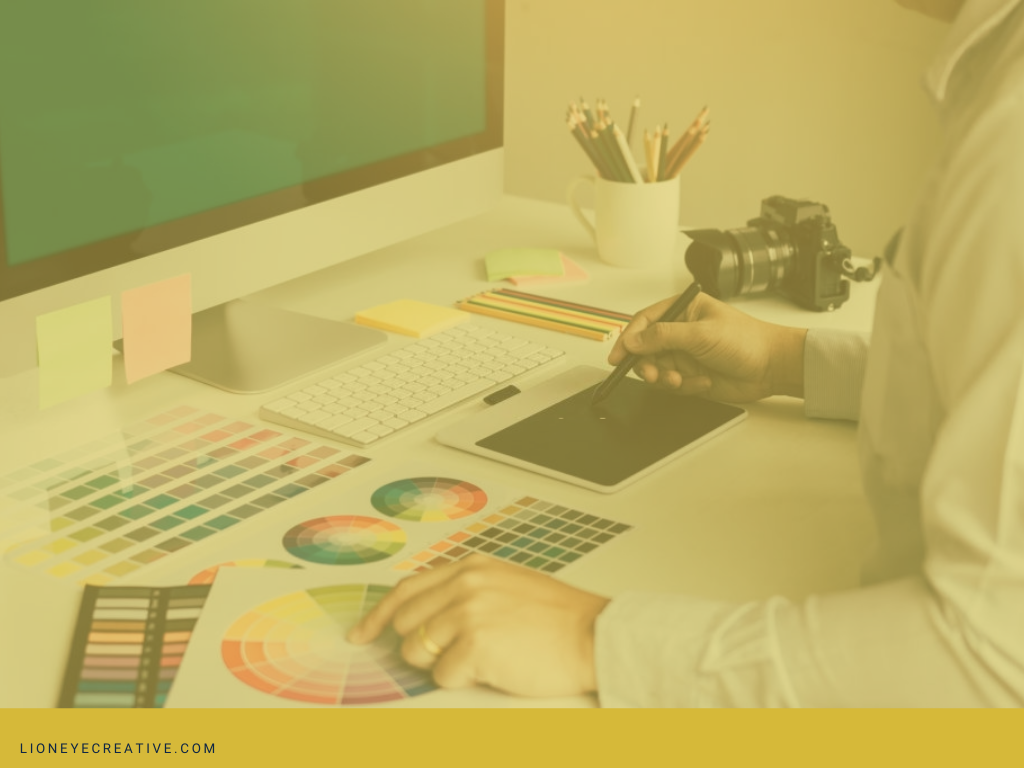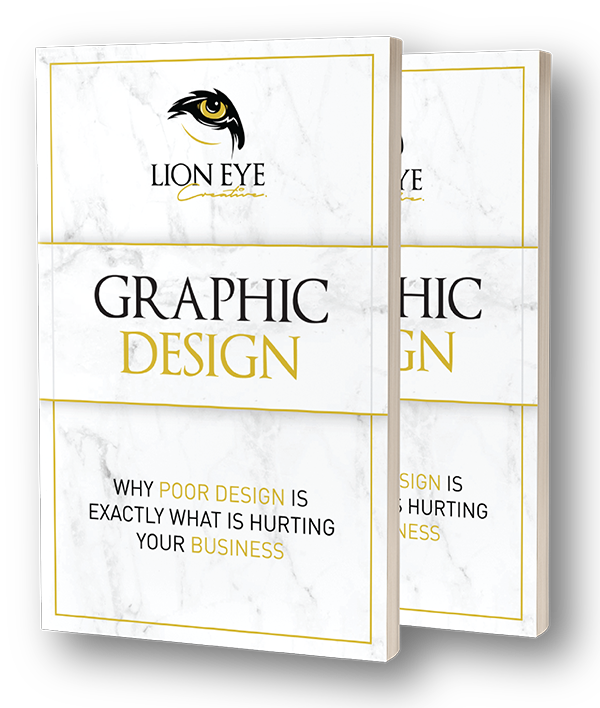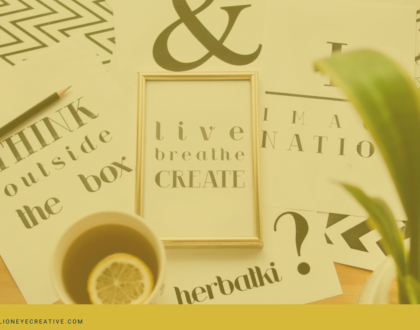
principles of graphic design: color
A color is a powerful tool in delivering your messages to your audience as it helps create a mood — every design has a color in it, may it be black and white, or as colorful as a design can be. Color is considered one of the basic principles when it comes to graphic design and it can be the most complicated one.
A design that works and one that does not can depend on a designer’s basic understanding of color’s function and its sub-categories. It is important to keep in mind that a person’s mood may vary depending on the different colors used in a design.
How does a graphic designer use color in design?
Through the years, people have conducted various studies of color and this is called color theory — the understanding of how colors are related to each other and how a person sees them. As a result of the studies made, it is said that colors have numerous psychology associated with them and this is the main reason why graphic designers learn about color theory and how they should use it on their work.
In visual communication, a color scheme or a color palette is the set of different colors working together to come up with a color harmony which helps express ideas, may it be light, heavy, quiet, loud, warm, cool, conventional, or avant-garde. Most of the color palettes that are used in graphic design projects such as branding are created based on the base color, also known as hero color — this is usually supported by a combination of two or more colors and it is crucial to understand that there are colors which pair together better than others.
Let’s discuss further the three basic principles of color theory — this is essential because they add value to designs using creative tools to solve visual problems.
Here are 3 basic principles of color theory:
1. Choosing a color hero
Often, the easiest part of creating a color palette is choosing a color hero and this is usually associated with a familiar idea. For example, we can associate the color red with passion, blue-green with cool temperatures, yellow-green with growth, and yellow-orange with warmth — while cool colors like blue represent calmness, peace, and serenity. Nuance can be added to a design by adjusting the color lightness, saturation, or temperature of a color hero.
2. Choosing color combinations
A color hero doesn’t work alone, supporting colors are also used to express or complement the idea. However, choosing the supporting colors is not as easy compared to choosing the color hero and having the basic knowledge of the color theory can be helpful — especially the theories of color contrast. For example, if our color hero is blue we would want our color palette to express unity and we can do that by choosing supporting colors that are analogous to blue. A palette of analogous color always expresses unity because there are few or minimal contrasts to it. Another way to express unity is by using monochromatic colors — these are sets of colors that are based on the same hue but they vary in darkness and lightness.
A graphic designer should know how to properly balance color combinations. Often, a designer would only include two or three colors because using too many could lead to a noisy design which is not effective in connecting to your audience.
3. Understanding the basic relationship of colors
Primary colors and their subordinates, the secondary colors are systems that are defined by extreme contrast that makes excellent color palettes. A graphic designer can build a color palette using either primary or secondary colors, or even tertiary colors which are made from the mixture of primary and secondary colors. For example, if blue is our hero color, and we choose our primary color and supporting colors which are yellow and red, the color palette would express an extreme contrast and colors would really pop.
Conclusion
While each person reacts to colors in different ways — colors tend to have various characteristics that connect them to an idea. An excellent graphic designer should know these characteristics and utilize them to create extremely excellent designs for their projects.
For more information on the principles of graphic design, download our Graphic Design ebook.

If you have more questions or are looking for a professional to help you with understanding colors in graphic design, talk to one of our graphic design specialists now!



